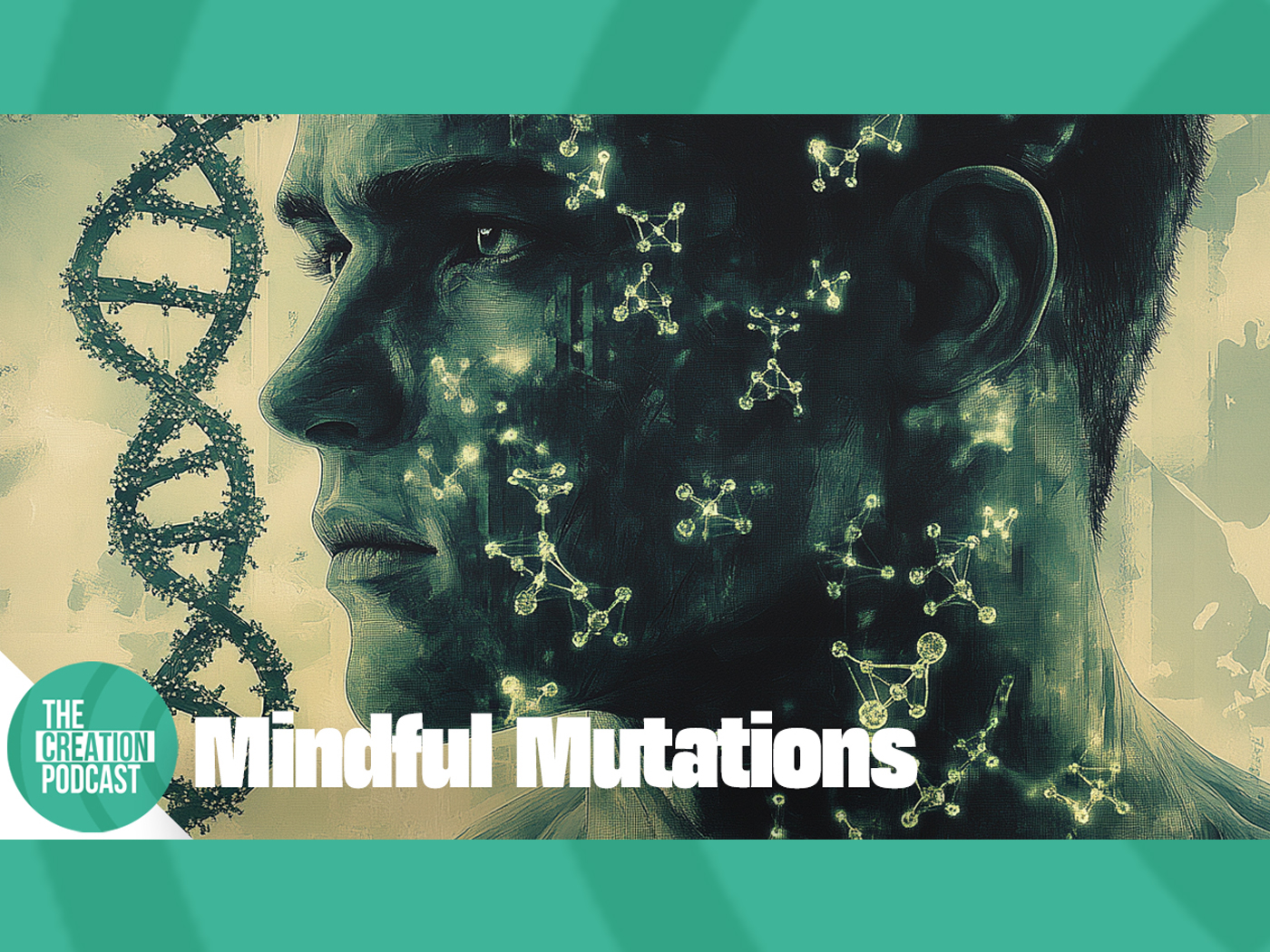Certain types of fungi can be parasitic to both plants and animals. Two new studies show that this has developed, in part, by a loss of genetic information—not a gain as predicted by evolution.1,2
In the creationist model of origins, the world was not fraught with death, disease, and violence until after Adam and Eve’s rebellion. The whole of creation was then subjected to a negative turn of events, including the emergence of fungal pathogens that cause death and disease in plants and animals.
The question arises of how the curse on creation affected the genetic features of certain genomes. Were new genes added by the Creator, or was pre-existing genetic information corrupted, deleted, or altered in some way? According to what we know about genomic decay and the character of God as revealed in the Bible, it is more likely that genomic alteration—possibly associated with degradation (genetic entropy)—is a major factor in this trend.3,4
Recently, several new studies were published showing how fungal pathogens adapted to their hosts through large-scale genomic changes involving a type of genome degradation marked by gene losses.1,2 While these studies do not completely explain the genetic origins of pathogenicity, they show that host adaptation in two separate cases has actually occurred, not by an increase in genetic information, but by the loss of it.
In the first study, scientists examined the genome of the obligate biotroph Pneumocystis jirovecii, a fungal pathogen found in human lungs.1 An obligate biotroph cannot live outside its host—it survives by pilfering nutrients and other resources from its host’s tissues. Normally, this pathogen does not cause major problems unless the person has a compromised immune system. When the researchers compared the genome of this fungus to the fungus from which they believed it was derived, they claimed that it “lost 2,324 genes in relation to the acquisition of obligate biotrophy.” They also state, “These gene losses constitute a unique combination of characteristics which are hallmarks of both obligate biotrophs and animal parasites.”
So how could a loss of genes contribute to this fungus becoming a renegade parasite living off its human host? As it turns out, 42% of the missing genes were involved in amino acid and purine metabolism—standard biochemical pathways that are built-in to most creatures. Thus, the parasite fungus is now entirely dependent on its human host for these key cellular metabolites.
In the second study, scientists deciphered the genome of a plant pathogen called Melanopsichium pennsylvanicum that is believed to have been derived from a smut fungus that only afflicts grasses (e.g., maize, barley, and wheat), but now has been found in dicot plants of the knotweed family.2 Flowering plants are classified into either one of two groups: dicots and monocots. Because the groups are so different from each other, it is unusual to see a pathogen “jump” from one to the other. Like the fungal pathogen in the first study, it is also a biotroph. In this second study, researchers found “292 genes present in all other species but absent in M. pennsylvanicum.” They also state that the results are important in “highlighting that gene loss rather than gene gain is the hallmark of adaptation after the host jump to the dicot host.”
The origins of pathogenicity has been a mystery to both creationists and evolutionists. The complexity of the parasite/host relationships often defy evolutionary interpretations. Yet how the molecular underpinnings of these relationships originated is also an important and challenging question for creationists. Now it looks like we can add gene loss (an aspect of genome degradation) as a key part of the creationist model—explaining genetic mechanisms that underlie the curse on creation.
References
- Cisse Ì, O. H. et al. 2014. Comparative Genomics Suggests That the Human Pathogenic Fungus Pneumocystis jirovecii Acquired Obligate Biotrophy through Gene Loss. Genome Biology and Evolution. 6 (8): 1938–1948.
- Sharma, R. et al. 2014. Gene Loss Rather Than Gene Gain Is Associated with a Host Jump from Monocots to Dicots in the Smut Fungus Melanopsichium pennsylvanicum. Genome Biology and Evolution. 6 (8): 2034–2049.
- Sanford, J. C. 2008. Genetic Entropy and the Mystery of the Genome, 3rd ed. Waterloo, NY: FMS Publications.
- Sanford, J., J. Pamplin, and C. Rupe. 2014. Genetic Entropy Recorded in the Bible? FMS Foundation. PDF posted on kolbecenter.org July 2014, accessed July 25, 2014.
* Dr. Tomkins is Research Associate at the Institute for Creation Research and received his Ph.D. in genetics from Clemson University.
Article posted on September 5, 2014.













